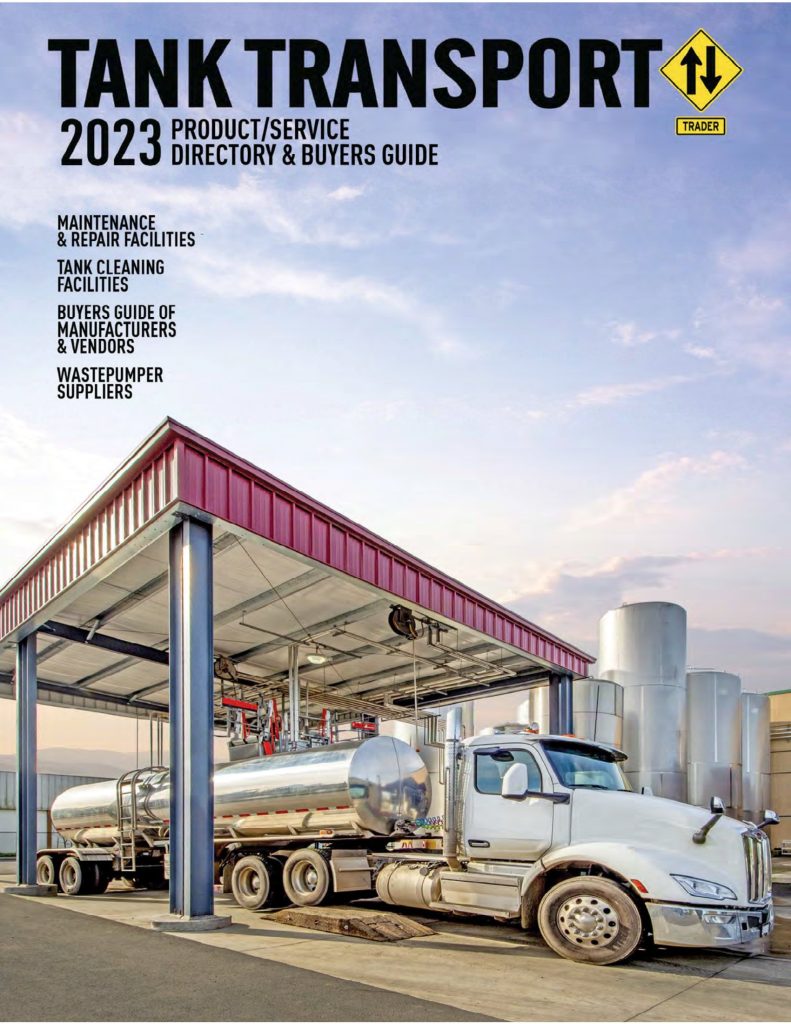NHTSA underride rule backlash from safety advocates

NHTSA Underride Rule Backlash – NHTSA is upgrading safety standards on rear underride protection on tractor-trailers to help prevent crashes involving passenger vehicles, but safety advocates say the changes do not go far enough.
The National Highway Traffic Safety Administration (NHTSA) is upgrading safety standards on rear underride protection on tractor-trailers to help prevent crashes involving passenger vehicles, but safety advocates say the changes do not go far enough.
Rear underride crashes occur when a passenger vehicle strikes the back of a generally larger vehicle and the front end of the passenger vehicle slides under the rear end of the larger vehicle.
In extreme underride crashes involving tractor-trailers, the passenger vehicle can underride the trailer to such an extent that the end of the trailer enters the passenger compartment of the colliding vehicle, severely injuring or killing occupants of the car. Underride guards mounted on the rear of trailers can prevent underride and serious injuries and death.
In a 107-page final rule made public in July, NHTSA said it will adopt requirements similar to Canada’s standard for rear-impact guards. Rear guards on truck trailers will be required to “provide sufficient strength and energy absorption to protect occupants of compact and subcompact passenger cars impacting the rear of trailers” at 35 mph.

The final rule, which makes no substantive changes to the proposed rule that preceded it in December 2015, will improve protection in crashes in which a passenger car hits the center of the rear of the trailer, according to NHTSA
Enjoying our insights?
Subscribe to our newsletter to keep up with the latest industry trends and developments.
Stay InformedThe final rule, which makes no substantive changes to the proposed rule that preceded it in December 2015, will improve protection in crashes in which a passenger car hits the center of the rear of the trailer, according to NHTSA, and in which 50% of the width of the passenger motor vehicle overlaps the rear of the trailer.
“NHTSA’s priority is the safety of everyone on our roads,” said NHTSA Administrator Steven Cliff. “This new rule will improve protection for passengers and drivers of passenger vehicles while also meeting a critical mandate from Congress under the Bipartisan Infrastructure Law.”
Passenger protection technologies in vehicles striking trucks will be able to absorb enough of the crash forces from the impact to “reduce significantly” the risk of fatality and serious injury, according to the final rule.
Because an estimated 94% of applicable trailers already have compliant guards, according to NHTSA, the annual average incremental fleet cost of equipping the remaining applicable trailers with compliant rear impact guards is estimated to be $2.1 million in 2020 dollars. The added average weight of 48.9 pounds per vehicle that the guards add would result in an estimated annual fleet fuel cost of about $4.43 million and $5.59 million, discounted for inflation at 7% and 3%, respectively.

Advocates for Highway and Auto Safety (AHAS), which had sought much more stringent underride requirements, was “deeply disappointed” by NHTSA’s final rule
The industry group Advocates for Highway and Auto Safety (AHAS), which had sought much more stringent underride requirements, was “deeply disappointed” by NHTSA’s final rule, particularly after the agency’s data recently revealed that large truck fatalities are on the rise.
“Unfortunately, today’s action allows trucking companies to choose a less safe course of action at the expense of road user safety,” said Cathy Chase, president of AHAS.
Joan Claybrook, a safety advocate and a former NHTSA administrator, said it would have been better had the agency not acted at all.
“This final rule…amounts to nothing less than regulatory malpractice,” Claybrook said. “Instead of improving protections to reduce underride fatalities and injuries, the agency has gone backward by issuing a rule that 94% of trailers already meet. As such, NHTSA has lowered the bar on public safety instead of ensuring it. This is an affront to the families of underride victims who have been working so hard to have the standard updated.”
In developing its rule, NHTSA had considered a standard in which rear impact guards withstand a 35 mph crash of a passenger vehicle into the rear of a trailer wherein only 30% of the width of the passenger vehicle overlaps the rear of the trailer.
The agency asserted however, that available data related to this standard — which would have required a modified rear guard and therefore more costly for the industry overall — do not show such a standard “would be reasonable, practicable or appropriate” for vehicles subject to the regulations.
“Accordingly, NHTSA cannot conclude that a federal mandate for such a requirement for all trailers is warranted at this time.”
The rule is effective 180 days after publication in the Federal Register, with a compliance date of two years after Federal Register publication. Petitions for reconsideration must be received no later than 45 days after publication.





















